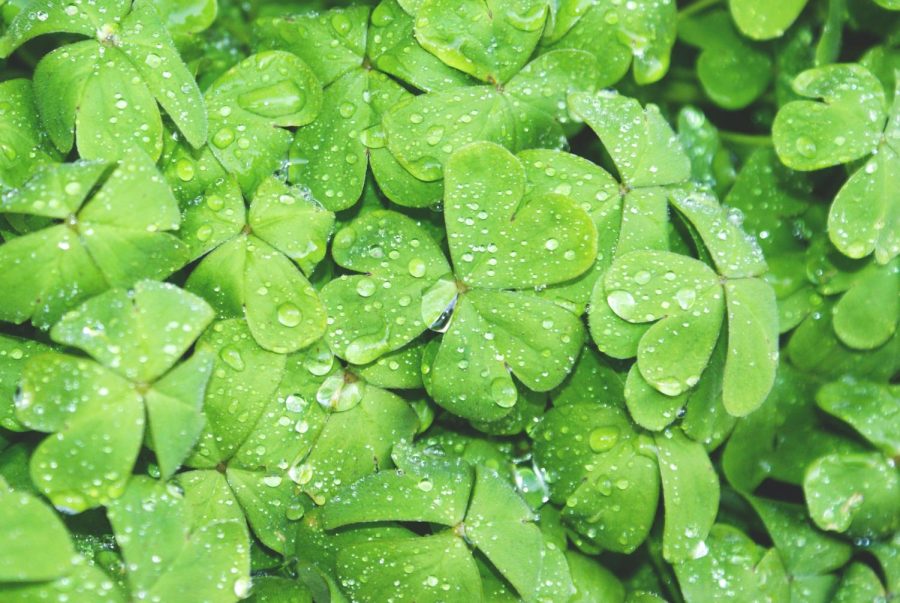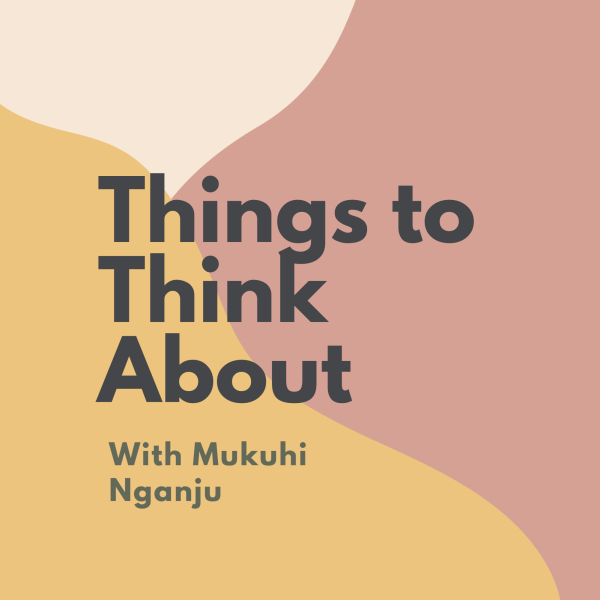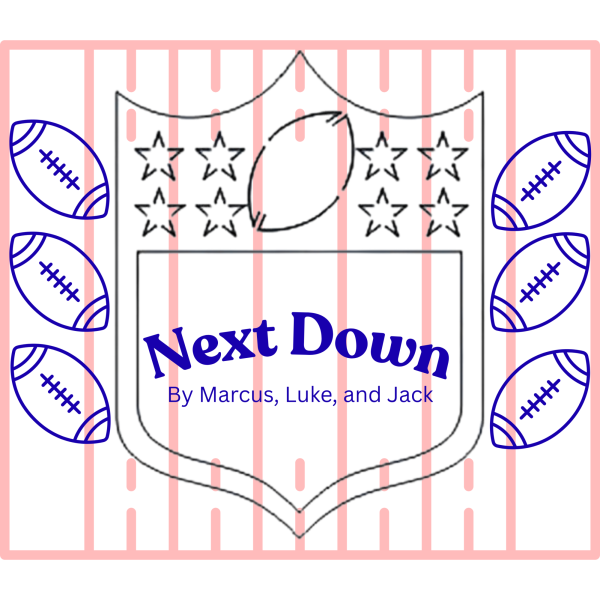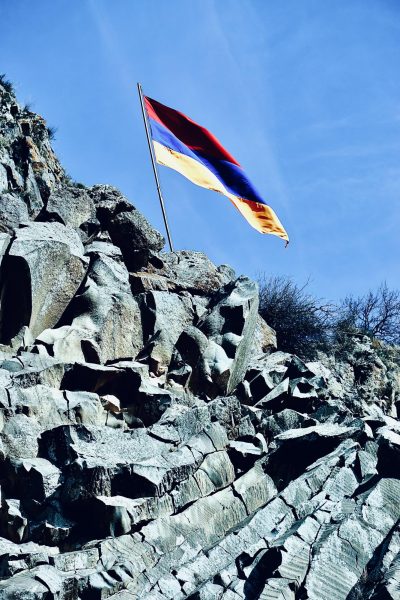All About St. Patrick’s Day
Only a few holidays have transformed quite like St. Patrick’s Day. The holiday was established in Ireland as a way to honor the country’s patron saint, but through both immigration and secularization it has now become a holiday celebrated all over the world to pay tribute to all things Irish.
St. Patrick’s Day has been celebrated on the date March 17, and is one of the few constant holidays to do so over the years. When immigrants from Ireland moved to the U.S., they brought the traditions of St, Patrick’s Day with them, and it morphed and modernized into what it’s become now.
The shamrock is a St. Patrick’s Day symbol that dates back to the 1700s. The shamrock has been a piece of Irish iconography because it symbolizes “the rebirth of spring.” It has a deeper significance as it relates to St. Patrick’s Day, too since St. Patrick himself has been said to have used the shamrock’s three leaves to explain the Christian concept of the holy trinity.
Along with the shamrock, the leprechaun is another very popular figure on St. Patrick’s day. These creatures have been a staple for centuries. Their original name “lobaircin” means “small-bodied fellow.” They appear usually in parades around the world. Leprechauns originally were clad in red, who would’ve thought. In the 1900s, green became the color associated with Irish culture, and eventually spread to the leprechauns. Leprechauns are often depicted with a pot of gold, which us humans can only find by catching one! Good luck on your hunt and Happy St. Patrick’s Day!










